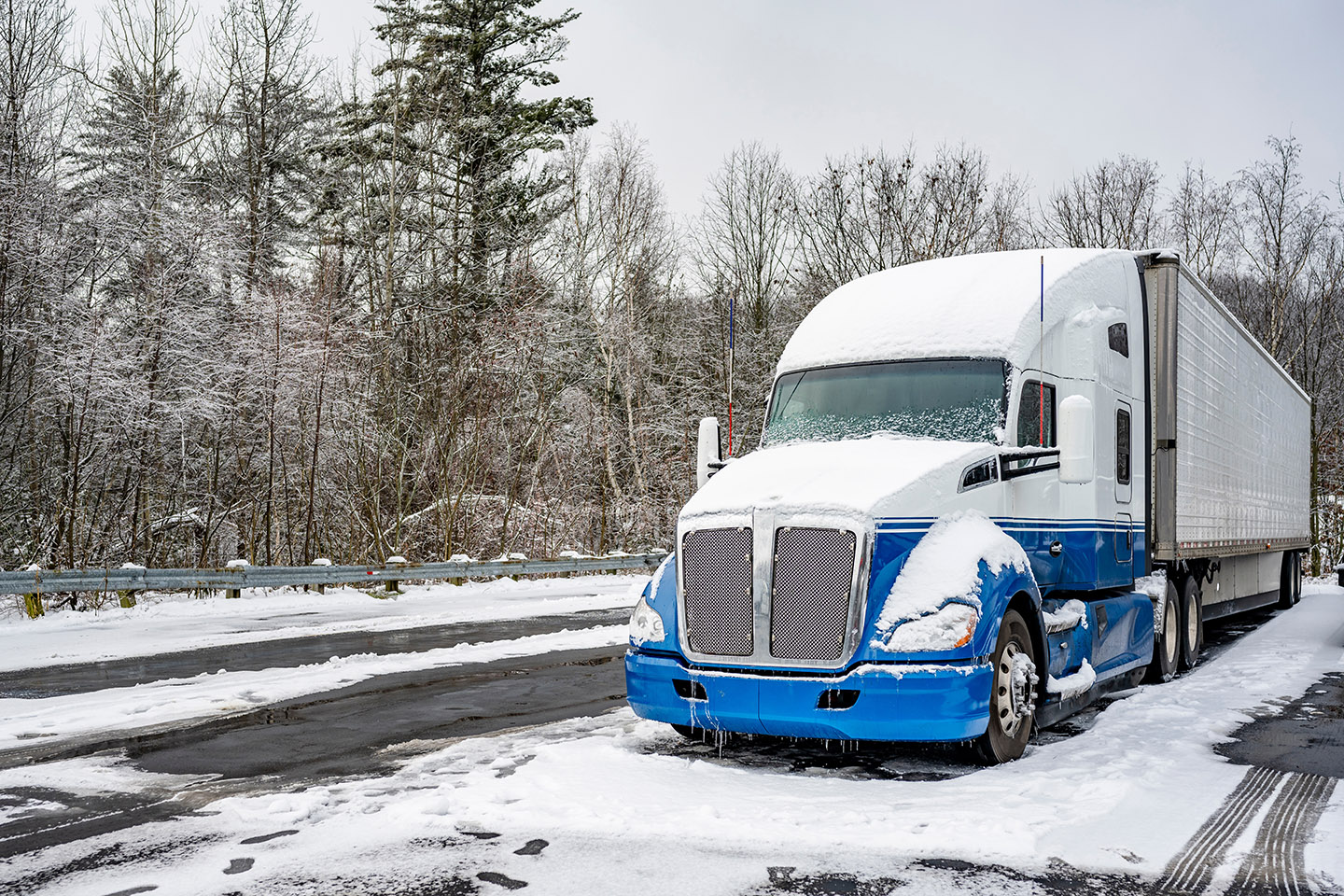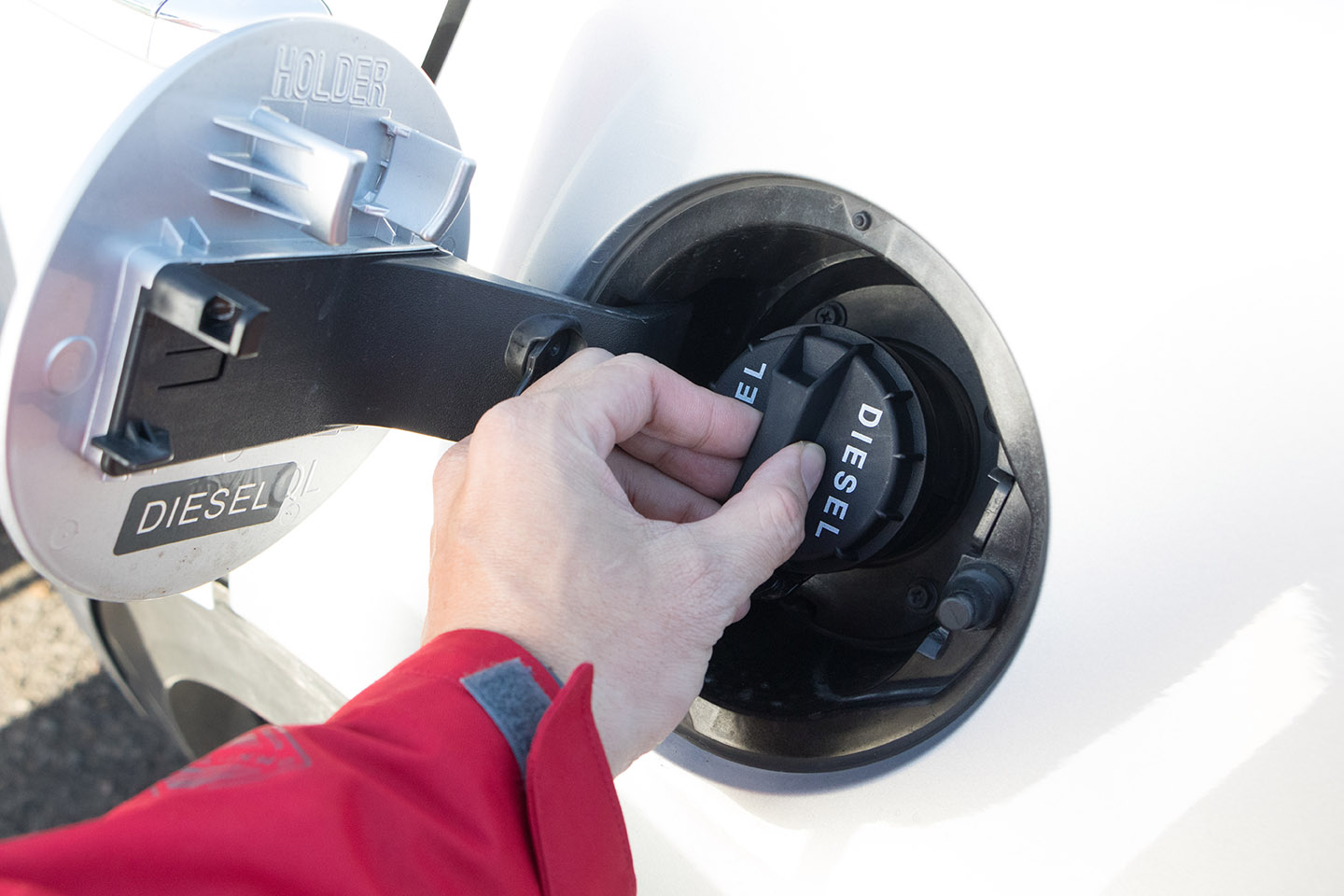What Temp Does Diesel Gel At?
Aug 3rd 2023

Vitpho / Shutterstock.com
Mother nature can have a serious effect on your diesel fuel. The physical properties of your diesel fuel will vary based on the temperature. Cold weather can cause the fuel to gel, which reduces viscosity and lubrication. This will make the vehicle harder to start. You may need to increase idling time to give the engine a chance to heat the fuel before it combusts, thus sending power to the engine. But idling is a waste of precious fuel and can spread hazardous gases indoors. Knowing at what temperature your diesel fuel will gel will help you prepare for these challenges. You can also take steps to prevent your fuel from gelling in cold temperatures.
When Does Diesel Fuel Gel?
The gel point will vary based on the type of fuel and whether it’s been treated for cold weather. However, diesel will begin to gel once temperatures dip below 32 degrees Fahrenheit (0 degrees Celsius), or below freezing, but it usually won’t stop the vehicle from starting until it drops below 10 degrees F (-12 degrees C).
At the start of winter, gas stations typically swap out their standard diesel for a special winter blend that’s more resistant to the cold. Using special additives can help prevent gelling but it will still occur in lower sub-freezing weather. Gelling has become even more of a problem with ultra low sulfur diesel (ULSD), which is now the standard for most vehicles.

MemoryMan / Shutterstock.com
What Happens When the Fuel Gels?
The paraffin wax in the fuel will begin to clump together, giving the fuel a cloudy appearance. In warm and moderate weather, the paraffin wax will be dissolved into the fuel to increase lubrication and viscosity, but the cold makes them stand out from the overall fuel mixture. The colder it gets, the more wax crystals will clump together, forming larger and larger deposits in the fuel.
Don’t wait for the fuel to gel so much that you can no longer start the vehicle. Issues can occur even if the vehicle starts as normal. The deposits created through gelling will start to clog the various parts of the fuel system long before the engine fails to start. If the truck isn’t starting, that’s your sign the problem has gotten out of control.
Your fuel filter is your engine’s first line of defense against these cloudy deposits. The mesh barrier will trap these particles while allowing the rest of the fuel to pass through to the engine. Gelling will cause your filter to clog faster than normal. Learn how often to change a fuel filter and consider changing it more often than you would in normal operating conditions.
Shop All of Our Oil System Products
Once the filter starts to clog, your engine will start to suffer from a lack of fuel, which will reduce power. The fuel system works in sync with the oil system. These deposits make the fuel harder to push into the engine, which can damage both systems due to a lack of lubrication, including the fuel injectors that compress the fuel and the fuel injector pump. If you regularly drive in cold weather, be sure to replace your oil system components to prevent additional wear and tear.

GaudiLab / Shutterstock.com
Expect to go through more oil overall when trying to run your vehicle in the winter. This can put extra stress on your high pressure oil pump, which will need to work harder to move the compress the fuel. Replace the HPOP as needed to keep your fuel system lubricated.
Prevent Diesel from Gelling
Using anti-gel additives will reduce the temperature at which the fuel starts to gel, and most drivers swear by it in the winter. But it will only do so much to stop these deposits from forming. The best thing you can do is insulate your vehicle and fuel supply from the cold by storing it in an insulated, heated garage. Attaching an engine block heater will also keep the engine warm in between shifts.
The cold tends to slow down everything, including the flow of electricity. Your glow plugs will need more time to heat the fuel, so give yourself plenty of time to start up the engine without over idling.
